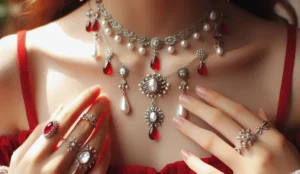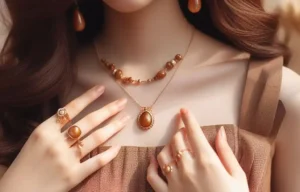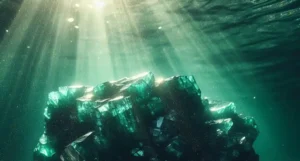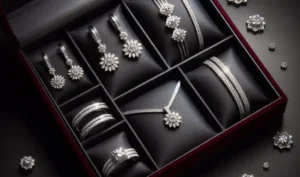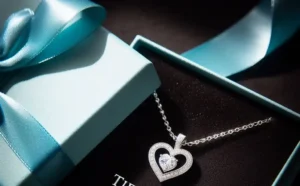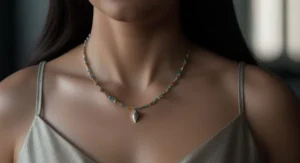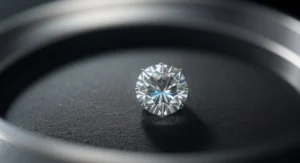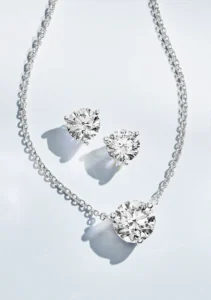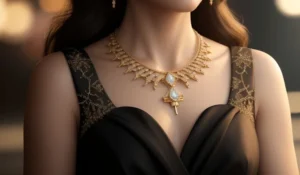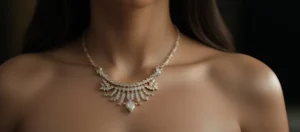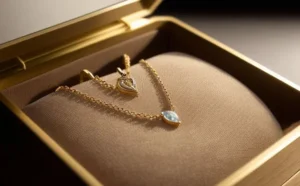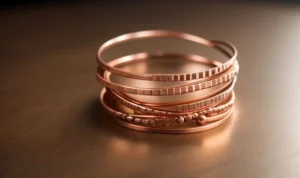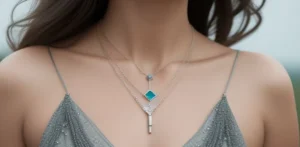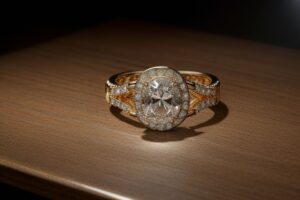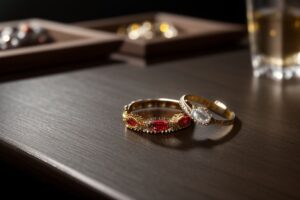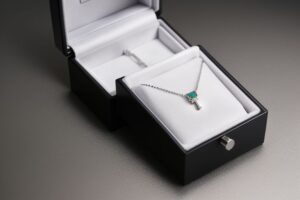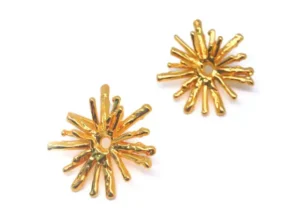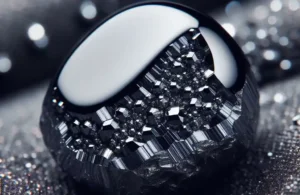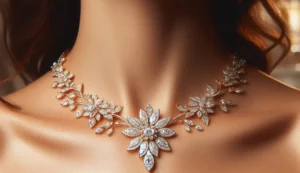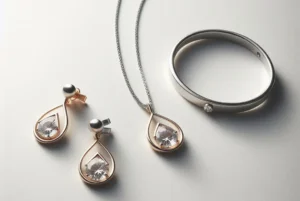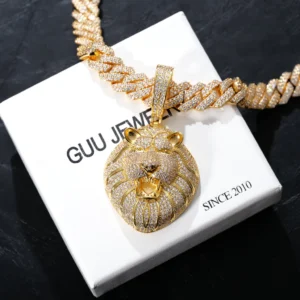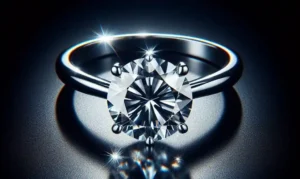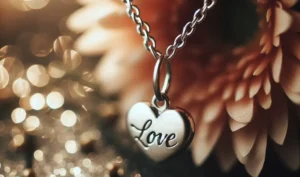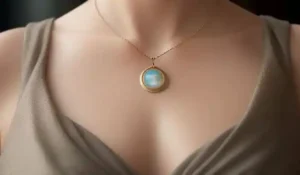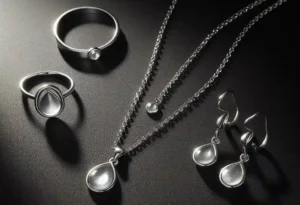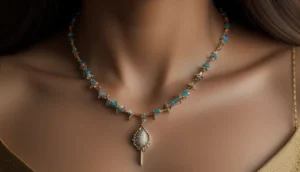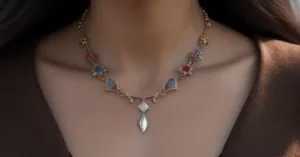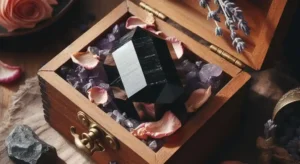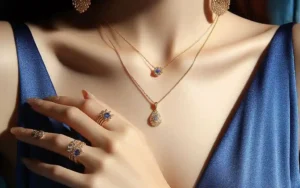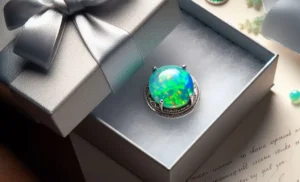The Truth About Pink Diamonds: The allure of diamonds is undeniable, but when it comes to pink diamonds, there’s an added layer of mystique and enchantment.
These rare gems have captivated hearts and minds across the globe, yet not everyone knows the real story behind their rosy hues and staggering price tags.
In this blog post, we’re diving deep into the world of pink diamonds, unraveling their secrets, and discovering what makes them so uniquely desirable.
Are Pink Diamonds Real?
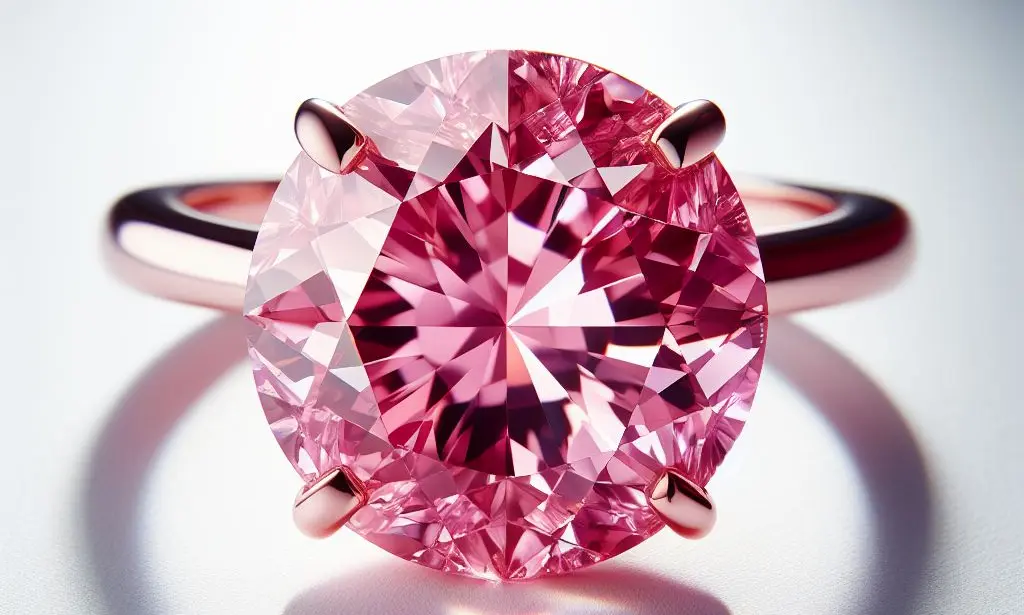
Absolutely, pink diamonds are as real as they are rare and extraordinary. Their existence is not a myth but a fascinating reality of nature’s ability to create beauty under extreme conditions. Unlike common perceptions that may question their authenticity or speculate on artificial enhancement, the color of pink diamonds is entirely natural.
This hue results from a unique geological process known as plastic deformation. During this process, intense pressure and heat deep within the Earth alter the diamond’s crystal structure, leading to its distinctive pink coloration.
It’s important to note that while there are synthetic versions created in laboratories, natural pink diamonds are mined from the Earth and possess a unique allure and value due to their natural origin and rarity.
The genuineness of pink diamonds, coupled with their scarcity, makes them not only real but also highly sought-after treasures in the world of gemstones.
The Rarity of Pink Diamonds: A Glimpse into Their Unique World
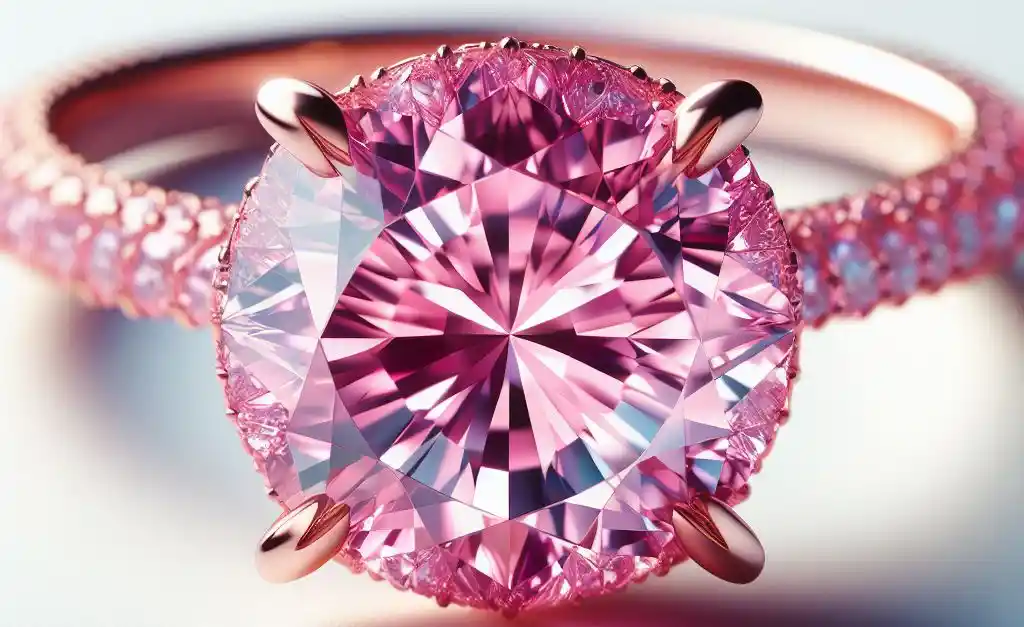
Navigating the world of pink diamonds reveals a realm of extraordinary scarcity that contributes significantly to their allure. Imagine the vast expanses of diamond mines across the globe, and yet, a minuscule fraction of their yield contains these coveted pink gems.
Their rarity is stark; for every million carats of rough diamonds unearthed, merely one carat qualifies as a quality pink diamond. This exceptional scarcity underlines not just their desirability but also their significant market value.
The Argyle Mine’s contribution, prior to its closure, underscored this rarity by being the primary source for these gems, producing more than 90% of the world’s supply. With its end, the rarity of pink diamonds has only intensified, making every discovered pink diamond an even more precious find.
This scarcity is not just a matter of quantity but a testament to the unique conditions required for their creation, adding layers of intrigue and value to these already fascinating jewels.
The Source of the Splendor: Where Do Pink Diamonds Come From?
The quest to uncover the origins of pink diamonds takes us to a few remarkable locations across the globe, each contributing to the limited supply of these rare gems. While the renowned Argyle Mine in Australia was historically the most significant source, its closure has shifted the spotlight to other regions.
These include the remote stretches of Russia, the vast landscapes of Brazil, and the depths of South Africa. Each of these locations possesses unique geological conditions conducive to the formation of pink diamonds.
The rarity of these conditions mirrors the scarcity of the diamonds themselves, making every pink diamond mined a remarkable gift from nature. Despite the diverse origins, the supply remains limited, emphasizing the unique blend of rarity and beauty that pink diamonds offer.
As explorers and miners continue to search for these elusive gems, the journey to uncover new sources of pink diamonds adds another layer of intrigue to their already captivating story.
Understanding the Grading System: How Pink Diamonds Are Evaluated
The grading of pink diamonds is a meticulous process that prioritizes their most defining characteristic: color. The intensity of their hue ranges across a spectrum, starting from faint and subtly progressing through very light, light, fancy light, to the more intense classifications of fancy intense, fancy vivid, fancy deep, and fancy dark.
These categories allow experts to precisely evaluate the depth and strength of each diamond’s color, which is the primary determinant of its value. In addition to color intensity, pink diamonds are assessed for cut, clarity, and carat weight—collectively known as the four Cs.
However, the unique allure and valuation of pink diamonds are predominantly influenced by their color. This specialized grading system ensures that each pink diamond’s unique characteristics are recognized and valued, reflecting the rarity and beauty of these extraordinary gems.
The Mystique Behind the Price Tag: Why Are Pink Diamonds So Expensive?
The exorbitant price tags attached to pink diamonds are not just a reflection of their breathtaking beauty but also their extraordinary rarity and the intricate conditions required for their formation. Each pink diamond is a result of countless years of natural processes deep within the Earth, which makes them not only rare but also a symbol of ultimate luxury.
The complexity of their color formation process, where the diamond’s crystal lattice is altered under immense pressure and heat, contributes significantly to their uniqueness and, consequently, their high value.
The demand for these gems far outstrips their supply, particularly with the closure of the Argyle Mine, which had been a major source. As such, the market for pink diamonds is highly competitive, driving up prices further.
Collectors, investors, and connoisseurs vie for ownership of these precious stones, willing to pay a premium for their distinctive hues and the prestige they confer. This combination of unparalleled beauty, rarity, and the symbol of status they represent makes pink diamonds among the most coveted and expensive gemstones on the planet.
The Investment Potential of Pink Diamonds: A Smart Choice?
In the realm of high-value investments, pink diamonds stand out not just for their breathtaking beauty, but also for their remarkable performance as a financial asset. With a track record of consistent appreciation, these gems have captured the attention of savvy investors worldwide.
The finite nature of their supply, exacerbated by the closure of pivotal mines like Argyle, has led to a steady increase in their market value. This trend suggests that pink diamonds could be a wise addition to a diversified investment portfolio. It is crucial, however, for potential investors to approach this market with diligence.
Engaging with reputable dealers and seeking advice from gemological experts can help in making informed decisions. While the investment landscape can be unpredictable, the enduring allure and scarcity of pink diamonds position them as a potentially lucrative venture.
Prospective buyers should weigh the intrinsic and market-driven factors contributing to their value, acknowledging both the opportunities and risks inherent in gemstone investment.
The Role of Pink Diamonds in Fashion and Pop Culture
Pink diamonds have carved a niche for themselves in the high echelons of fashion and pop culture, transcending their geological origins to become symbols of opulence and style. Their distinctive hue has captivated the imagination of designers and stylists, making them a coveted accessory for the fashion-forward elite.
In pop culture, these gems are more than just stones; they are icons of rarity and luxury. They frequently grace the pages of glossy magazines and social media feeds, worn by celebrities at galas, award shows, and premieres, adding a touch of elegance and intrigue to their public personas.
Jewelry designers, too, vie to incorporate pink diamonds into their most audacious and creative pieces, often resulting in masterpieces that capture the public’s fascination and desire. These gems’ presence in high-profile auctions, where they fetch astronomical prices, further cements their status in pop culture as treasures to be admired and coveted.
Through their journey from the depths of the Earth to the pinnacle of luxury and style, pink diamonds have undeniably become a fixture in fashion and pop culture, embodying the ultimate fusion of natural beauty and human craftsmanship.
Debunking Myths: The Common Misconceptions About Pink Diamonds
One prevalent misconception is that the unique coloration of pink diamonds is a result of artificial treatments or enhancements. This notion is incorrect, as the distinctive pink hue is naturally occurring, stemming from the rare and specific conditions under which these diamonds form in the Earth.
Additionally, while the Argyle Mine in Australia was indeed a significant source, it is not the sole origin of these gems. Pink diamonds have also been discovered in locations such as Russia, Brazil, and South Africa, debunking the myth that all pink diamonds are Australian.
Furthermore, some people mistakenly believe that pink diamonds, due to their color, are less hardy or durable compared to their white counterparts. This is unfounded as pink diamonds share the same Mohs scale hardness rating of 10, making them just as resilient.
Understanding these facts helps in appreciating the true nature and rarity of pink diamonds, stripping away misconceptions and highlighting their natural beauty and resilience.
Caring for Your Pink Diamond: Tips for Preservation
To ensure the enduring beauty and brilliance of your pink diamond, a few straightforward care practices are recommended. Pink diamonds, like all precious gems, are susceptible to scratches and damage if not stored properly.
It’s best to keep them in individual soft cloth pouches or within a fabric-lined jewelry box where they can’t come into contact with other jewelry. When it comes to cleaning, a mild soap and water solution is gentle yet effective; use a soft brush to carefully remove any buildup of oils or dirt.
Rinse thoroughly and dry with a lint-free cloth. Although pink diamonds are renowned for their hardness, exposure to harsh chemicals and rough physical activity can still pose risks. Therefore, removing your pink diamond jewelry before engaging in strenuous tasks or when using cleaning products is wise.
Additionally, periodic check-ups with a professional jeweler can help in detecting any issues with the setting or the gem itself early on, ensuring your pink diamond remains secure and sparkling for years to come. Adopting these simple care measures will help preserve the pristine condition and luster of your pink diamond, allowing you to cherish it for generations.
Frequently Asked Questions
What sets pink diamonds apart as an investment option?
Pink diamonds have historically appreciated in value due to their extreme rarity and the closing of major sources like the Argyle Mine, suggesting they might be a prudent investment. However, it’s crucial to conduct thorough research and consult with gemological experts when considering them for your portfolio.
Is everyday wear suitable for pink diamond jewelry?
Although pink diamonds are exceptionally durable, wearing them daily can subject them to potential harm. For regular wear, it’s recommended to opt for settings that offer greater protection to maintain their pristine condition.
What gives pink diamonds their unique color?
The remarkable color of pink diamonds is attributed to plastic deformation, a natural process where the crystal structure of the diamond is altered under immense pressures and temperatures within the Earth.
Do synthetic pink diamonds exist?
Yes, synthetic versions of pink diamonds are produced in laboratories. These lab-created diamonds can mimic the appearance of natural pink diamonds but do not possess the same rarity or value, distinguishing them significantly from their naturally occurring counterparts.



